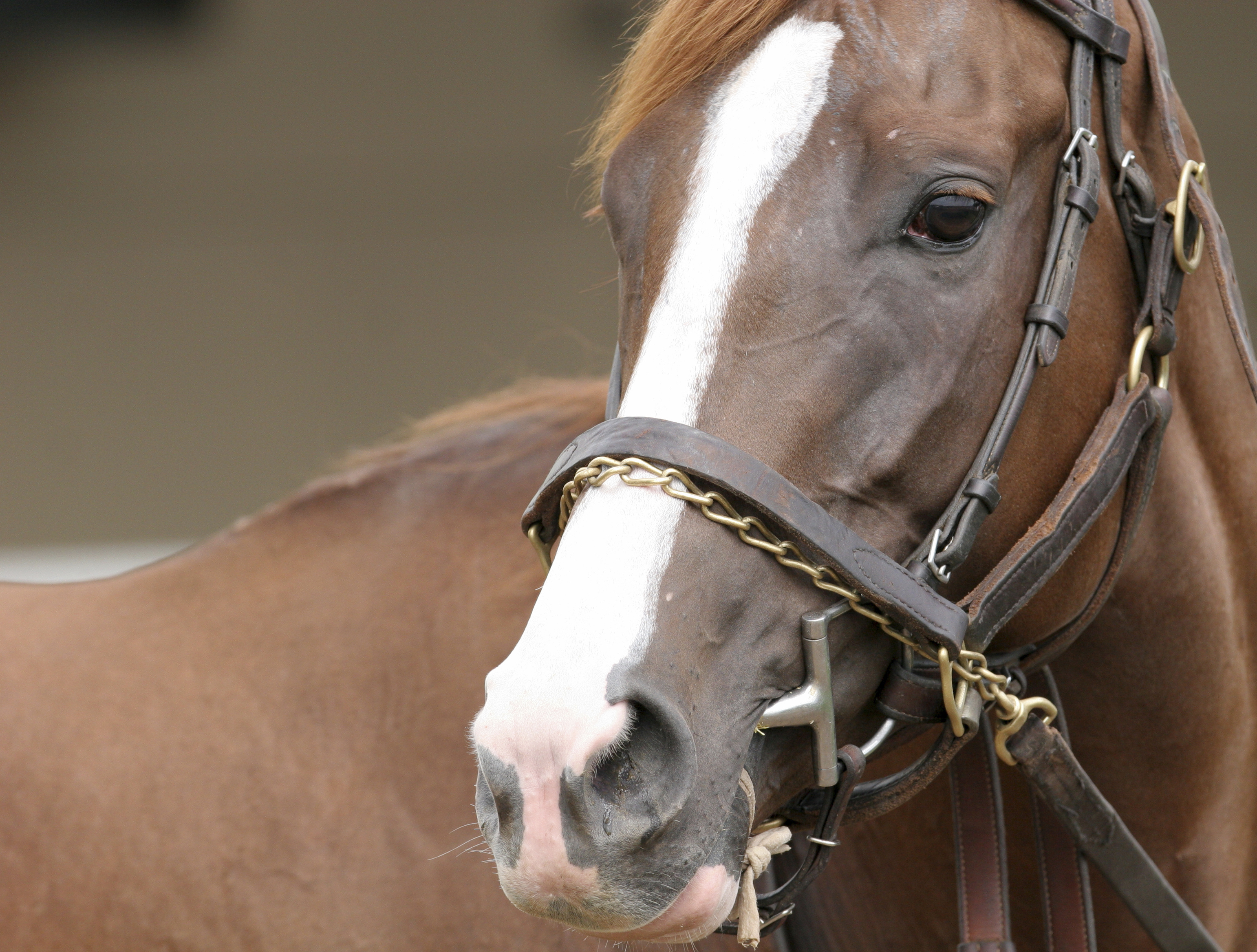
by Valley Vet Supply
It’s time for spring deworming – have answers to any FAQs with this article.
Equine deworming is a critical part of overall equine wellness. It’s also a rather technical part of your horse’s wellness program. With this in mind, by working with our veterinarians and founders, Drs. Arnold Nagely and Ray Shultz, we bring you a comprehensive Q&A about all things equine deworming.
Q: What risks do parasites present to horses?
Parasites rob horses of nutrition, energy and overall wellness. When left untreated, parasites can cause critical damage to a horse’s vital organs, impair their growth, hinder their performance and even cause colic.
Q: When is the best time to deworm my horse?
American Association of Equine Practitioners (AAEP) parasite control guidelines recommend deworming when parasite levels can be at their highest, during the spring and fall. Treatment for bots and tapeworms should be timed to coincide with the end of the fly season for bots and the end of pasture season for tapeworms, typically late fall or early winter. For best control, look to ivermectin/praziquantel or moxidectin/praziquantel deworming combinations.
While deworming helps alleviate adult worms, in turn reducing the number of eggs shed, it is important to keep in mind that the real damage done by strongyles occur during larval migration. Consider treating with Panacur PowerPac, available at ValleyVet.com, when the encysted stage is at its peak, typically in the fall for northern climates and spring in more tropical and subtropical climates.
Q: How often should adult horses be dewormed?
Work with your veterinarian to perform a fecal egg count (FEC) test, which will help guide you on the frequency of deworming treatments needed. The AAEP recommends one FEC per year for adult horses. As a general best practice, though, horses should be treated once or twice yearly, during spring and fall.
Q: According to a horse’s FEC results, what constitutes as a low or high parasite shedder?
Understanding a Horse’s FEC Test Result Numbers and Level of Parasite Risk
- Low shedder 0 to 100 eggs per gram (EPG)
- Moderate shedder 200 to 500 EPG
- High shedder 600 to 3,000 EPG
Q: Which parasites should horses be treated against? There are more than 150 species of internal parasites that can infect horses. The following are the most common, with the first three posing the gravest risk to your horse’s health.
- Small strongyles (cyathostomins)
- Roundworms (ascarids)
- Tapeworms
- Large strongyles (bloodworms or redworms)
- Pinworms
- Bots
- Threadworms
Q: Do younger horses have unique deworming needs?
Foals should be dewormed a minimum of four times, beginning at 2 to 3 months of age. Because ascarids are the primary target, benzimidazole dewormers are recommended. A second dose of benzimidazole is recommended by 6 months of age, at which time an FEC can be used to determine whether the primary worm burden is ascarids or strongyles. The next two dewormings, at 9 and 12 months of age, should primarily target strongyles, with tapeworm treatment included in one of the treatments.
Recently weaned foals should be turned out to the cleanest pastures available with the lowest parasite burdens. Yearlings and 2 year olds should be treated as high shedders, according to their FEC results, and be dewormed on average three times per year.
Q: Do high-shedding horses have different deworming needs?
Some 80% of eggs are often shed by only 20 to 30% of horses. The key is to identify high-shedders and deworm before they begin passing large numbers of eggs into the environment.
To help control parasite burden for high shedders (more than 600 EPG), consider incorporating a daily dose of Strongid® C 2X, available at ValleyVet.com, to help break the cycle of parasite infection.
Q: Can certain factors contribute to increased parasite levels at a barn?
Yes! A number of elements can contribute to higher levels of parasite shedding, such as:
- Boarding and training barns, which house greater numbers of horses that may contribute to increased parasite burden
- Movement of horses on and off the farm for training or competitions, presenting greater contact with other horses
- Foals, weanlings and geriatric horses, which are often higher shedders of eggs
- High stocking densities (more than two horses per acre) and nonrotated pastures, which are proven to increase parasite levels
Q: Should a horse’s approximate weight be determined before dosing dewormers?
Yes! It’s important to dose to your horse’s individual weight when deworming. Keep a handy weight tape in your tack box to help accurately dose your horse’s dewormer, and remember these four simple steps to using a weight tape.
- Make sure your horse is standing square.
- Place the weight tape around your horse’s heart girth.
- For the closest weight approximation, see the number where the tape meets.
- Set your dewormer to the correct weight to administer an accurate dose.
Q: What are best practices to incorporate for parasite control, in addition to deworming?
To better manage parasites, it is recommended that horses consume grain and hay from a feeder or hay rack that is elevated off the ground. Removing manure daily, as well as composting manure and clipping pastures, also can help control parasite populations. To help eliminate larvae, pasture rotation also is a best practice. If possible, horse owners can remove horses from the pasture and rotate in another species, such as cattle, to help eliminate parasite burden from the field.
You can find all of your horse’s deworming needs at Valley Vet Supply. Find them in our Veterinary section under Veterinary Supplies.
Find other informative articles in our section on Health & Education.
































